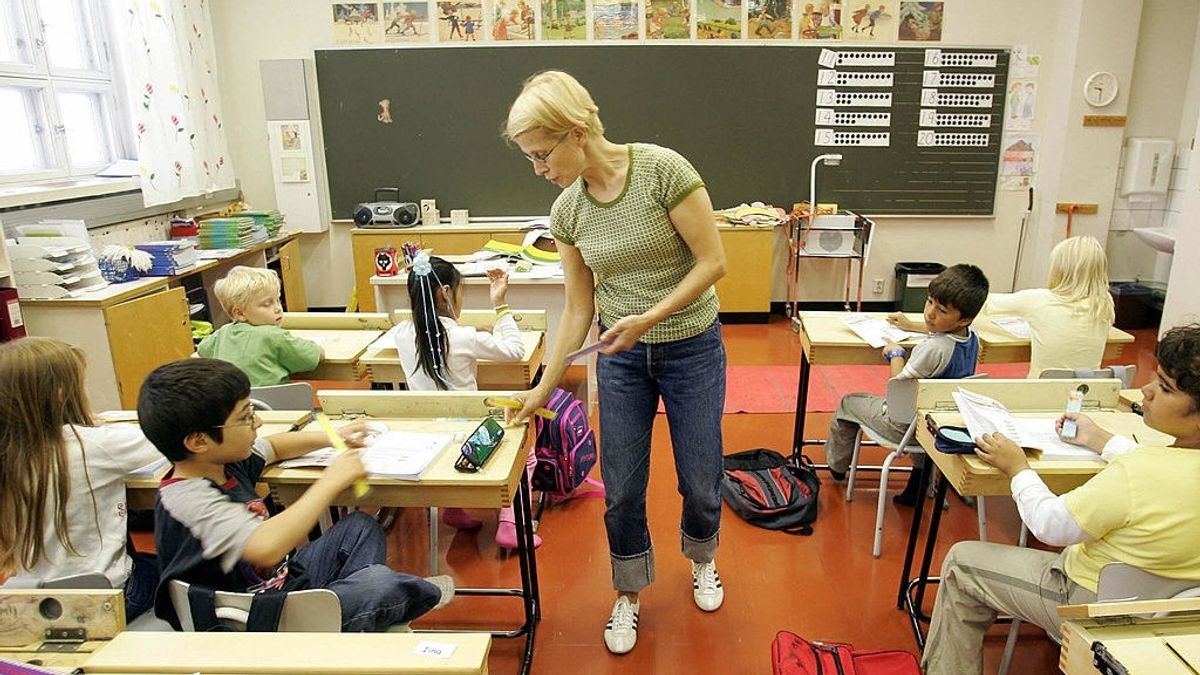Imagine a school system where students embark on their educational journey at the age of seven, enjoying the luxury of a short school year and the freedom to explore and learn at their own pace. This is not a distant dream, but the reality of the Finnish education system, which is world-renowned for its innovative approach and impressive results. Recently, John Olson, a leading adviser to the Minnesota Legislature, proposed a bold move: adopting the Finnish model for Minnesota schools. While this proposal promises a brighter future for education, it poses significant challenges to the state’s current education structure.
The Finnish model: a beacon of educational success
The Finnish education system is a testament to autonomy, respect for education and prioritizing student well-being. In Finland, education is managed at the city level without the need for individual school boards, which streamlines decision-making and allows for a better approach tailored to local needs. Funding from central government is allocated through block grants, giving cities flexibility in allocating resources between education and other public services. This system supports free education for students and contributes to a significant reduction in the dropout rate.
Teachers are highly regarded in Finland and the profession is highly competitive. Only 10% of applicants are admitted to teacher education programs. All teachers have master’s degrees, underscoring the country’s commitment to quality education. This respect for the teaching profession is further evidenced by the existence of a single teachers union that negotiates at the national level to ensure that educators’ voices are heard and their needs are met.
Challenges in integrating into Minnesota’s system
Implementing the Finnish education system in Minnesota is not without its hurdles. The current educational structure of Minnesota’s cities and states differs markedly from that of Finland. For example, the concept of managing public education at the city level without separate school boards would represent a major change in governance. Furthermore, moving to a funding model based on block grants from central government requires a reassessment of how resources are allocated and utilized at the city level.
Another challenge lies in the cultural and systemic values placed on education and teachers in Finland. Emulating this would mean elevating Minnesota’s teaching profession to a similar status, which would include making entry into the teaching profession more selective and ensuring that all teachers achieve master’s level teaching. For example. This change will require major changes in the perceptions and policies surrounding education and educators in the state.
Explore the way forward
The proposal to bring the Finnish education system to Minnesota opens the door to a dialogue about what is possible in the field of education. Despite the challenges, the potential benefits of such a transformation cannot be ignored. The Finnish education system, with its emphasis on student autonomy, short school days, and high status of the teaching profession, offers valuable lessons in creating an environment in which education can flourish.
As Minnesota considers this bold step, it must weigh the feasibility of such a systemic overhaul against its potential to lead the nation in education. The path from ideation to implementation is complex and requires careful planning, consensus-building, and rethinking the state’s education landscape. But the promise of adopting a system that has proven successful in producing rich, happy, and knowledgeable citizens is an attractive prospect that has the potential to reshape the future of education in Minnesota. be.
After all, the debate started by John Olson’s nomination to the Minnesota Legislature is not just about introducing a foreign education system. It is about reevaluating values, structures and priorities in education. Whether Minnesota follows in Finland’s footsteps or forges its own path, the end goal remains clear. It’s about creating an educational environment where all students have the opportunity to succeed and where teachers are empowered to guide them toward that success. As we move forward, it is important that we continue the conversation, exploring all avenues to strengthen our education system for the betterment of all involved.
